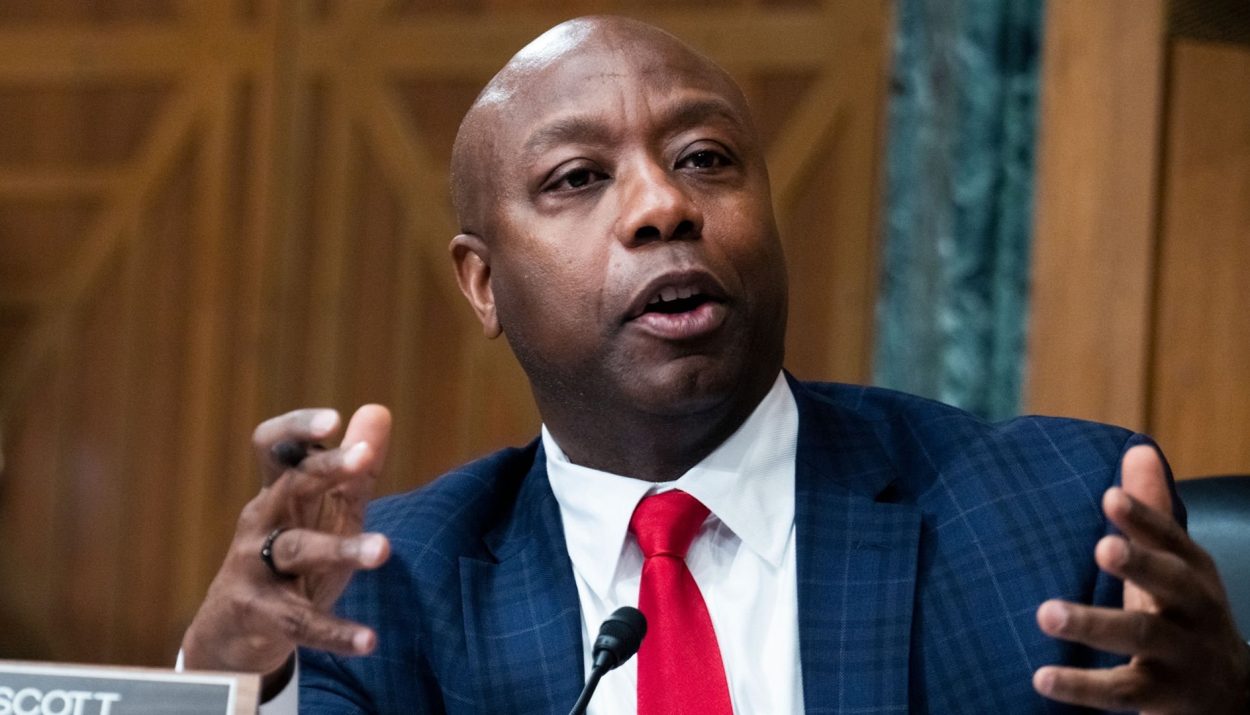South Carolina is a heavily Republican state, so seeing a Democrat-nominated judge being elected to the District Court of South Carolina is surprising. Yet that’s what happened when Jacquelyn D. Austin was confirmed as the latest United States District Court Judge in the District of South Carolina. Let’s see why this appointment and the voting were such a big deal.
Nominated By Biden to the Seat
Joe Biden, the current sitting President of the US and a member of the Democrat party, nominated Austin. It was previously held by Michael Childs, who vacated the seat in 2022 when he was elevated to the US Court of Appeals.

The nomination and confirmation passed the Senate without much delay, although that was in part because of how the process was done. Austin will primarily be based in Greenville, SC, based on insider placement knowledge.
A Surprisingly Strong Vote
The nomination went 79-17 as the house “invoked cloture” on the voting. Later in the day, Austin garnered bipartisan support for taking the position as the final vote went down 80 – 17. It was one of the most decisive votes ever for a president-nominated candidate.
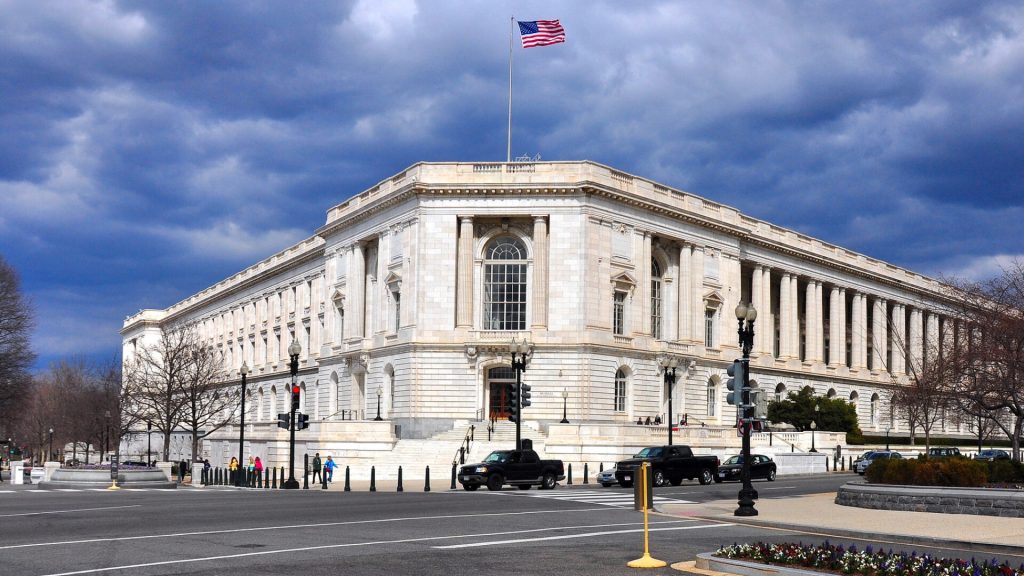
Austin, who is around 57 years old, is the third judge of color to be elevated to the district court. One of Biden’s political points while running for president in 2020 was to appoint more black people to positions of power in the state judiciary.
The Blue Slip Process
In adherence to a Senate tradition, senators must submit “blue slips” expressing their approval for nominees from their respective states for the Senate Judiciary Committee to consider them.

These senators’ submission of blue slips underscores their support for the nominated individuals, influencing the committee’s consideration and reinforcing the collaborative role senators play in the nomination and confirmation process.
Not Everyone’s Happy About Blue Slips
Progressive advocates have expressed dissatisfaction with the blue slip custom, contending that it should be abandoned due to alleged misuse by Senate Republicans to obstruct judicial nominations.

They argue that the tradition allows individual senators to exert disproportionate influence over the nomination process, leading to delays and disruptions. This belief is not shared by all members, however.
Good Faith Goes a Long Way
Despite these concerns, Senator Dick Durbin, the Democratic chairman of the Judiciary Committee from Illinois, has chosen to uphold the blue slip tradition. During a Wednesday hearing, he acknowledged and thanked his Republican colleagues for their “good-faith, bipartisan efforts to fill these vacancies.”
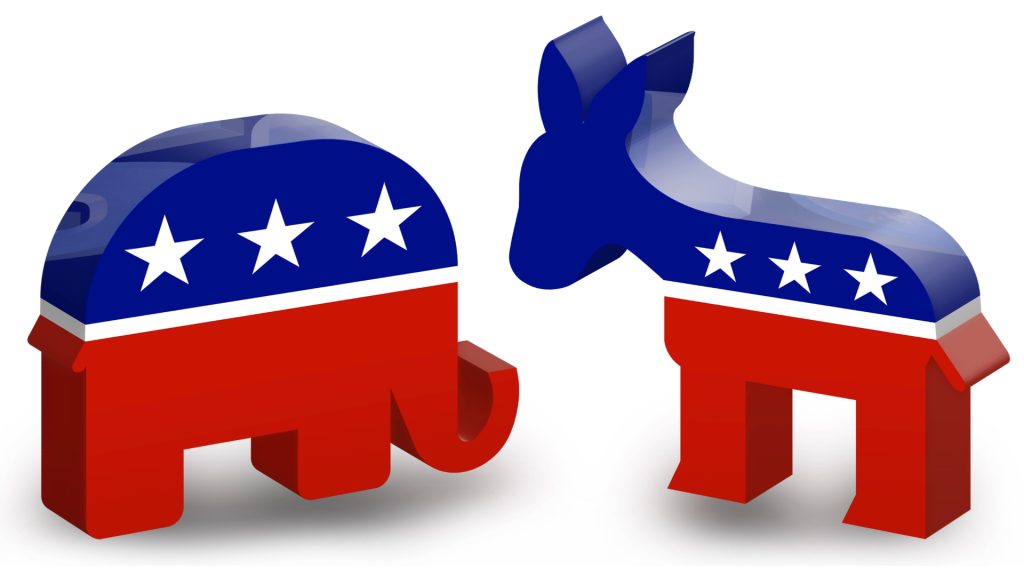
With Democrats and Republicans so divided, it’s refreshing to see words like these pass across the political aisles. Yet it’s unlikely that they will foretell any future bipartisan action for judge confirmation.
Many Vacancies Still Left
According to the latest numbers, 61 current Article III vacancies remain in the US. An Article III judge serves on a court that is authorized under Article III of the US Constitution. They are appointed for life terms.
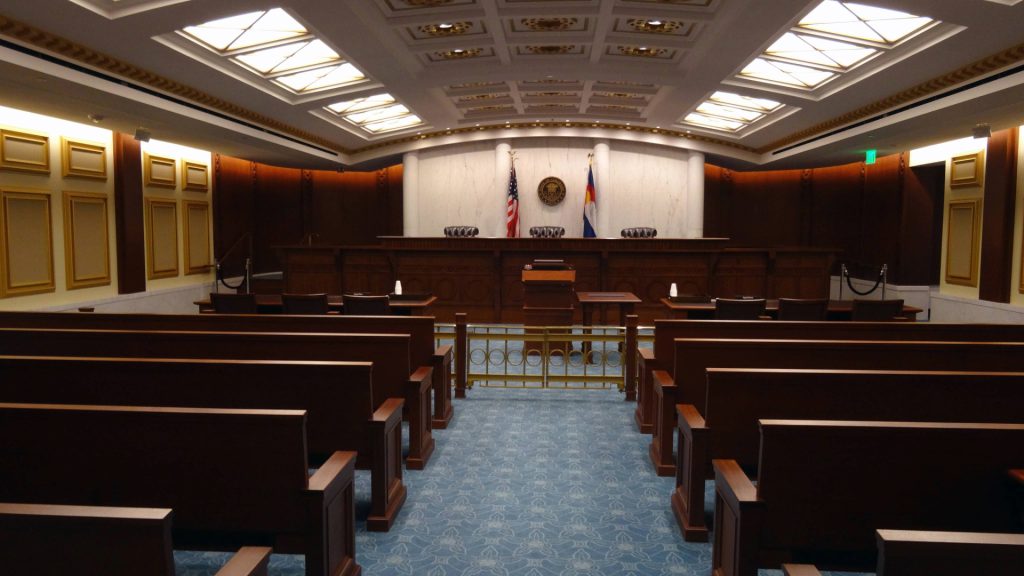
Vacancies for Article III judges happen when a judge retires, is promoted upwards, resigns, or passes away. If there’s an upcoming scheduled vacancy, the president may submit a nomination to the Senate, as was the case with Judge Austin’s nomination.
What is the Process of Filling the Vacancy?
The U.S. judicial appointment process involves five key steps: a presidential nomination and a U.S. Senate committee hearing to assess the nominee’s qualifications. Subsequently, the committee votes to report the nominee to the full Senate and then conducts a confirmation vote.
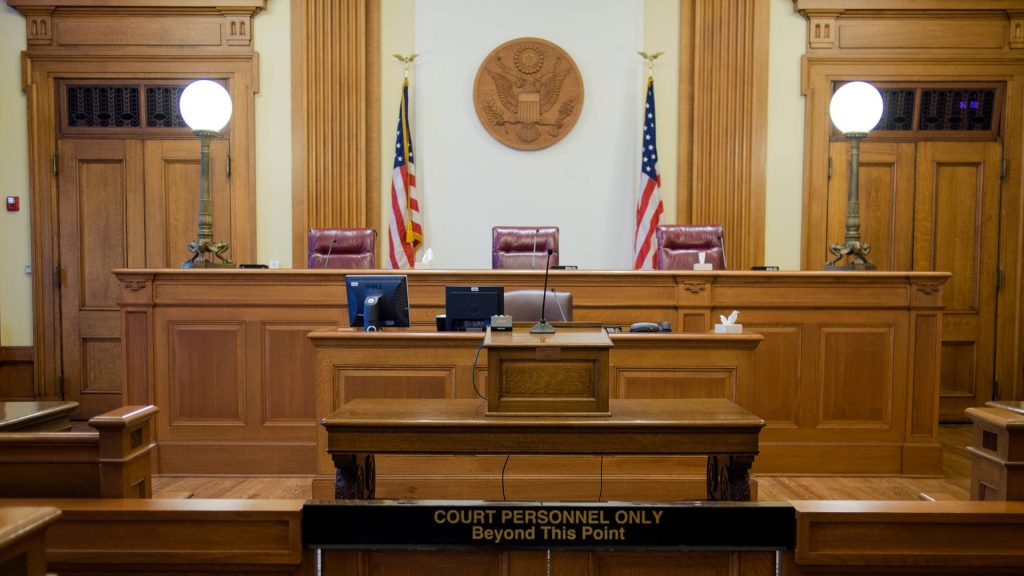
Once confirmed, the nominee takes the judicial oath and receives their commission. This thorough procedure ensures a comprehensive evaluation of nominees, maintaining a system of checks and balances between the executive and legislative branches in the judiciary appointment process.
What Is Invoking Cloture?
“Invoking cloture” in the US Senate refers to the parliamentary procedure to end a filibuster or prolonged debate on a bill. It requires a three-fifths majority vote (currently 60 out of 100 senators) to bring the debate to a close and proceed to a final vote. Cloture is French for fence.

This mechanism is employed to overcome obstructionist tactics and expedite decision-making, ensuring that legislative matters can move forward despite opposition, thereby maintaining the functioning of the legislative process and preventing indefinite delays.
Why Would They Invoke Cloture For This Vote?
A cloture is a crucial tool in the Senate’s arsenal, designed to strike a balance between protecting minority rights to debate and preventing the abuse of filibustering tactics to stall or block legislation indefinitely.
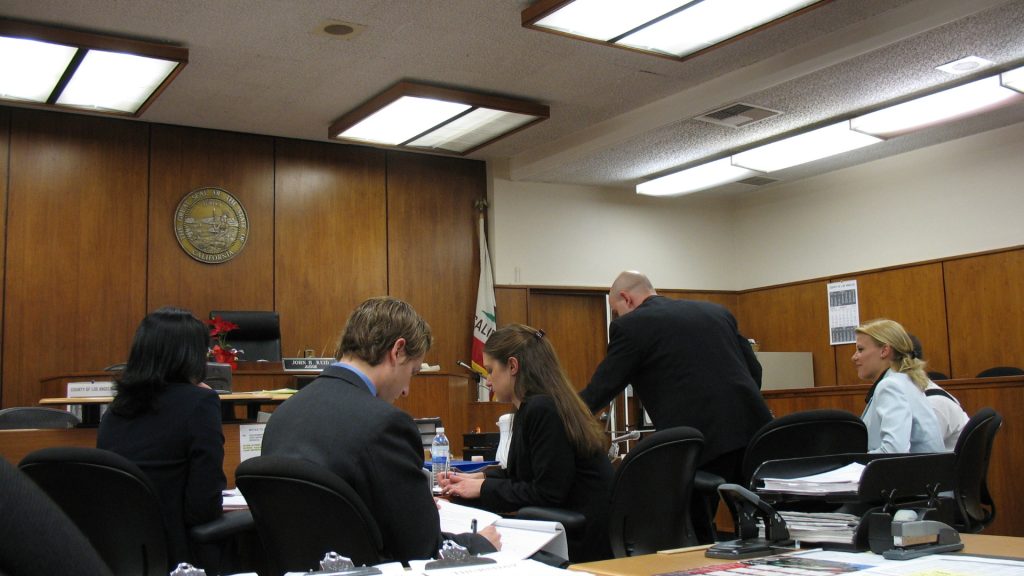
By setting a threshold for ending debates, invoking cloture promotes efficiency in the legislative process while still upholding the principles of robust debate and representation. If officials were unhappy with the appointment, they could just filibuster until it was dismissed.
What Are Filibusters?
A filibuster is a parliamentary tactic employed in the United States Senate to delay or obstruct legislation by extending debate on a particular issue. Senators engaging in a filibuster aim to talk for an extended period, effectively preventing a vote on the proposed bill.

The filibuster is not explicitly mentioned in the Constitution but has become a significant aspect of Senate procedure. Senators may also use other dilatory tactics, such as raising points of order or motions, to delay proceedings further.
Filibusters Aren’t Always Bad
The filibuster serves as a tool for the minority party or individual senators to voice dissent and draw attention to specific issues. While it is a means for legislators to express their opposition, critics argue that filibusters can be misused to impede the legislative process, leading to gridlock and hindering the functioning of government.
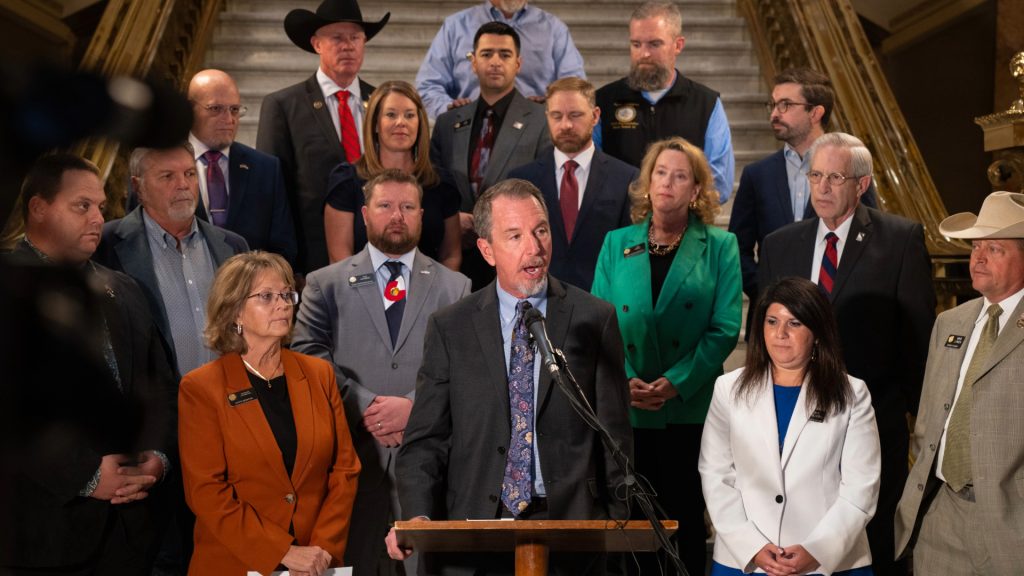
Over time, the rules surrounding filibusters have evolved, with efforts to reform or eliminate them entirely to ensure a more efficient legislative process and prevent the abuse of this tactic. In this case, the invoked cloture helped ensure that Judge Austin’s appointment would eventually go through.
A Large Volume of Black Appointees Come From This Administration
Judge Austin is only the latest in a long line of judges appointed to judiciary positions by the Biden administration. Historically, black women have been a significant minority in the halls of the judiciary and District Court circuits.
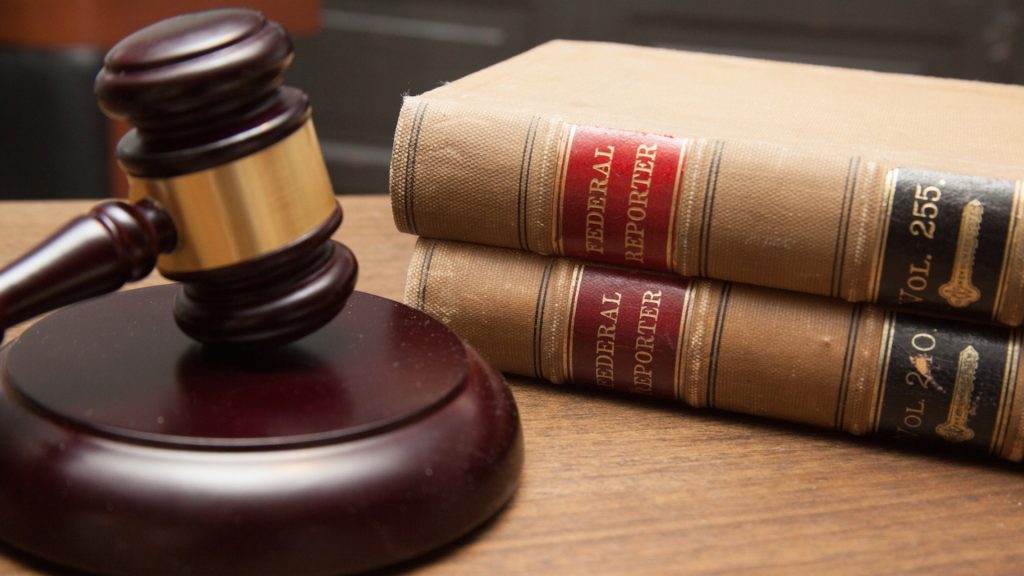
Only 98 black women have ever been confirmed as lifetime federal judges, with Judge Austin being the most recent. Of the 98, 35% of them have been confirmed under the Biden administration.
A Long And Interesting Career
Judge Austin, a native of Sumter, has been a judge since 2011. She graduated from the University of South Carolina Law School in 1996 and served as a business litigation lawyer before deciding to join the public service as a judge.
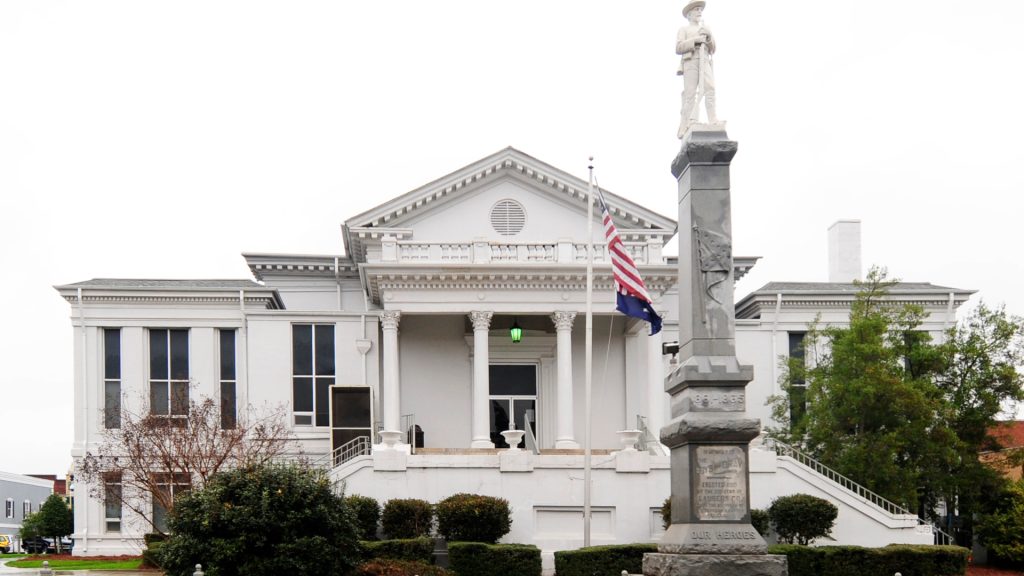
As a judge, she has stood out as one of the most thorough magistrates in the courts. She forms one of nine active federal judges in South Carolina, along with a further four who operate on a reduced workload due to seniority.
A Surprising Confirmation
What makes this confirmation so surprising is that it was a bipartisan confirmation. Bipartisan confirmations (or even votes) are rare in the polarized political climate currently in the US Senate.
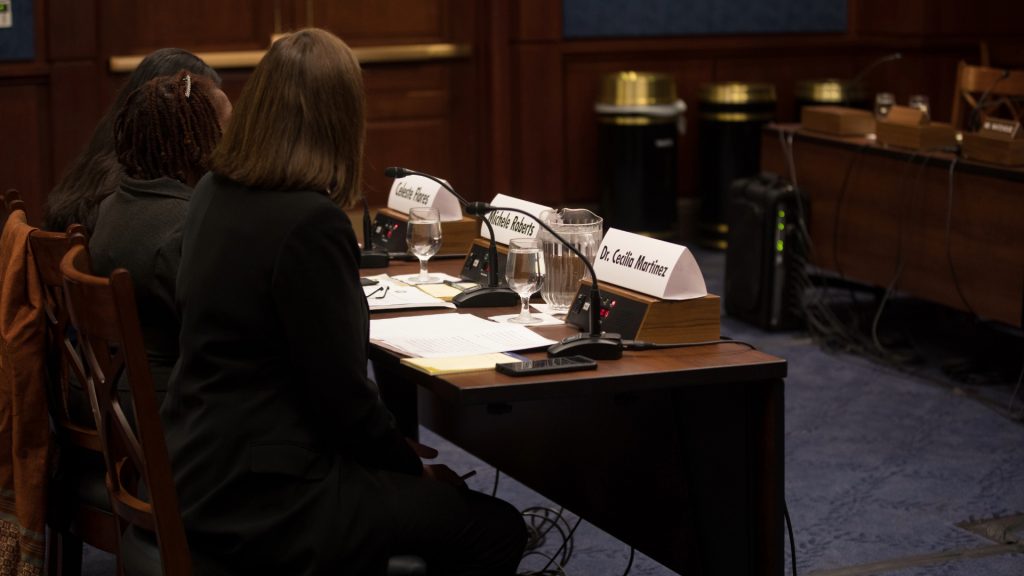
What’s even more shocking was that a few of the senators on the other side of the aisle that supported the appointment were pro-MAGA. Tim Scott and Lindsey Graham both voted for the appointment, even though several pro-MAGA senators voted against it.
The MAGA Movement Is Still Going Strong
The MAGA or Make America Great Again” movement was a core part of former president Donald Trump’s campaign. Despite Trump losing his second bid for the White House, the movement he began remains a core part of many Republican senator ideologies.
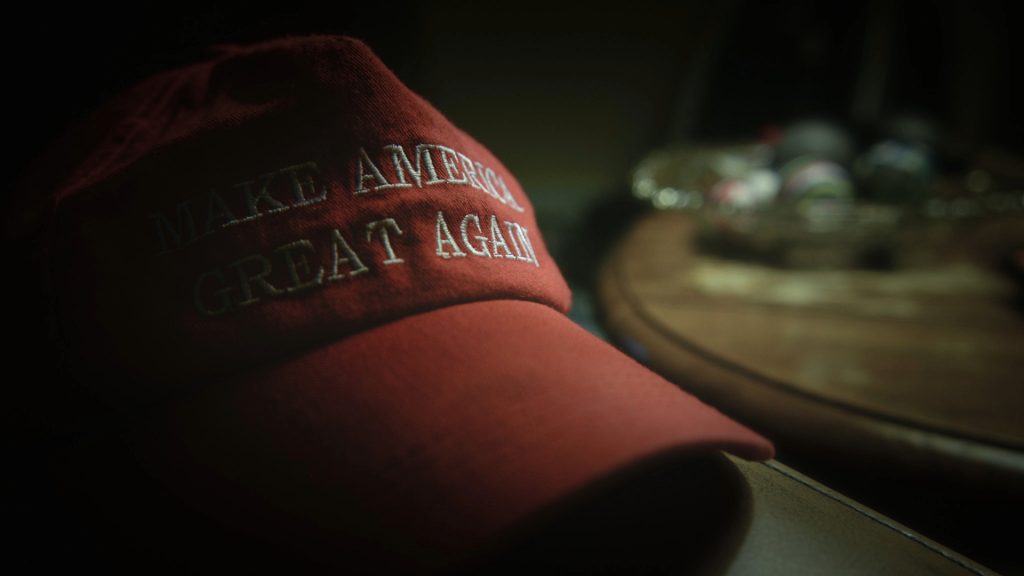
Several senators, including Josh Hawley (MO), Marsha Blackburn (TN), Tommy Tuberville (AL), Rand Paul (KY), and J.D. Vance (OH), are still strong MAGA supporters. They voted against the appointment.
Could This Signal a Change?
While having a pro-MAGA pair of senators confirm a Democrat-nominated (specifically presidentially-nominated) candidate to a position, this might not impact the larger picture.

Both of the MAGA senators who confirmed Judge Austin’s appointment were also from South Carolina and likely had dealings with the judge in her previous appointment. They probably saw her as a competent candidate and decided to confirm her based on that.
Still Heavy Political Division
Political division within the nation’s representatives is at an all-time high going into the 2024 presidential elections. The Republican party primaries are already being rocked with scandal as some core Republicans are moving that Donald Trump be banned from the primaries.

The Democratic party seems to be planning for a second term in office. With the Republicans in such disarray, the Democrat party might win. Still, things are uncertain, with many States undecided and the race too early to call.
More Judges To Come
With more than sixty judicial Article III positions to be filled, there will be a few more nominations and confirmations before the presidential election. Eleven candidates await a hearing or committee vote, and twelve await confirmation.
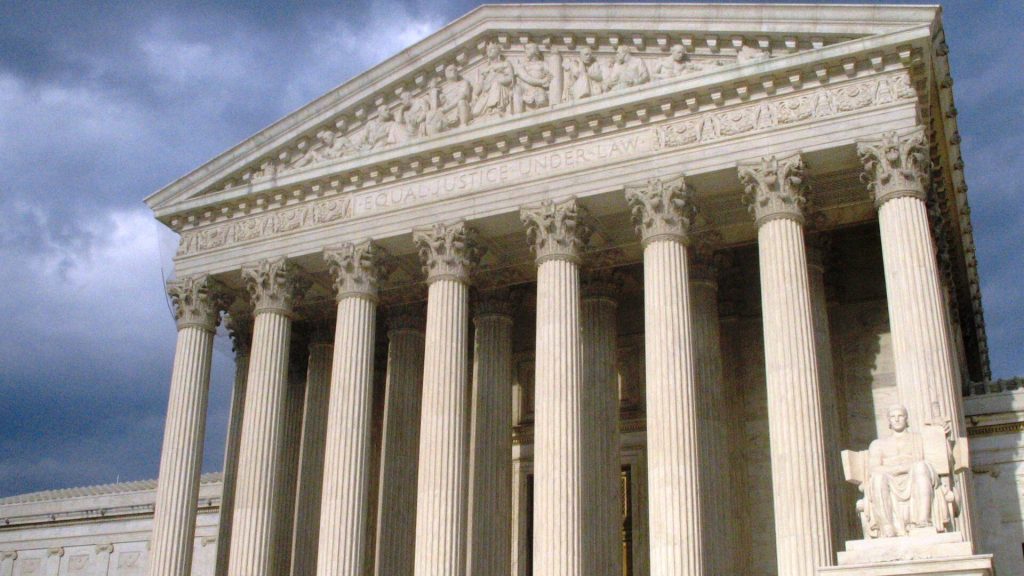
Whether there will be bipartisan support for any of those nominees, the answer isn’t entirely clear. Judge Austin’s appointment wasn’t a surprise to most people, but the confirmation voting was very surprising. Whether this trend continues remains to be seen.

